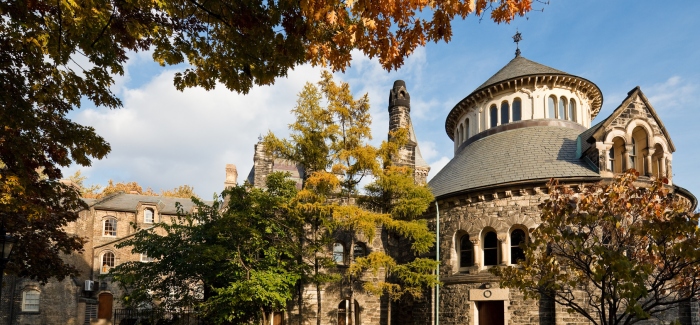All of the Indian Institutes of Technology (IITs) are held in high esteem – but IIT Delhi and IIT Bombay consistently stand out as some of the leading institutions, albeit by a narrow margin.
In the latest edition of the QS Asia University Rankings, IIT Bombay is ranked 34th in the region, closely followed by IIT Delhi in 41st place, and in the QS BRICS University Rankings 2018 – a comparison of the top universities in the five fast-developing BRICS countries – they appear in ninth and 17th place respectively, with the Indian Institute of Science (IISc) Bangalore in between them at 10th.
These two institutions also fairly closely matched in terms of overall size and course offerings. In keeping with the IIT group’s tendency towards smaller intakes, each has around 8,000 students, and they both specialize predominantly in the engineering and technology disciplines.
Read on for a closer look at how these two top IITs compare, and their current positioning in the international rankings tables.
IIT Delhi vs IIT Bombay in the BRICS rankings
|
Comparison based on the QS BRICS University Rankings 2018 |
||
|
|
IIT Delhi |
IIT Bombay |
|
Academic reputation |
14th |
13th |
|
Employer reputation |
10th |
8th |
|
Faculty/student ratio |
201+ |
117th |
|
Staff with a PhD |
8th |
35th |
|
Papers per faculty |
3rd |
21st |
|
Citations per paper |
47th |
60th |
|
International faculty |
201+ |
144th |
|
International students |
201+ |
201+ |
|
Overall ranking |
17th |
9th |
As the table above shows, IIT Delhi and IIT Bombay are closely matched across the board, scoring similarly in many of the eight indicators assessed in the QS BRICS University Rankings. Within the BRICS nations, both are among the best-reputed institutions in the eyes of both academics and employers, reflecting the overall strong international brand the two top IITs have attained.
As is the case for many Indian universities, the number of academic staff members employed relative to student enrolments is a comparative weak point, as is the international diversity of the student body and faculty. However, academic qualification levels are high, as are research production rates, particularly at IIT Delhi.
Overall, the top IITs remain some of the nation’s strongest representatives on the world stage, beaten only by the Indian Institute of Science (IISc) Bangalore, which is currently ranked sixth in the BRICS countries and 33rd in Asia.
IIT Delhi vs IIT Bombay in the subject rankings
True to their name and the IIT ethos, both institutions focus primarily on scientific and technical subjects. However, they also each have highly reputed schools of management, as well as offering a number of courses in the arts, humanities and social sciences.
Both claim a strong presence in the latest edition of the QS World University Rankings by Subject, particularly within the engineering disciplines. Both are ranked among the world’s top 100 institutions for chemical, civil, electrical and mechanical engineering, and also for computer science.
They’re also both ranked as world leaders in the fields of mathematics, chemistry, statistics, physics, and business and management studies. IIT Bombay also appears in the rankings for environmental sciences, materials sciences, pharmacy and art and design.
|
IIT Delhi and IIT Bombay in the QS World University Rankings by Subject 2017 |
||
|
|
IIT Delhi |
IIT Bombay |
|
Engineering & technology (broad subject area) |
=71st |
78th |
|
Computer science |
51-100 |
51-100 |
|
Chemical engineering |
51-100 |
51-100 |
|
Civil & structural engineering |
51-100 |
51-100 |
|
Electrical & electronic engineering |
49th |
51-100 |
|
Mechanical engineering |
51-100 |
51-100 |
|
Life & natural sciences |
|
|
|
Biological sciences |
301-350 |
301-350 |
|
Chemistry |
201-250 |
101-150 |
|
Environmental sciences |
- |
151-200 |
|
Mathematics |
201-250 |
101-150 |
|
Materials sciences |
- |
51-100 |
|
Pharmacy |
- |
251-300 |
|
Physics & astronomy |
201-250 |
101-150 |
|
Statistics & operational research |
101-150 |
101-150 |
|
Other |
|
|
|
Art & design |
- |
51-100 |
|
Business & management studies |
151-200 |
151-200 |
So, at the end of this closely matched race, which of these two top IITs would you choose? Or are you headed for another of the Indian Institutes of Technology, or one of India’s larger comprehensive universities? Let us know in the comments below…
This article was originally published in July 2015. It was updated in August 2016 and again in November 2017.












